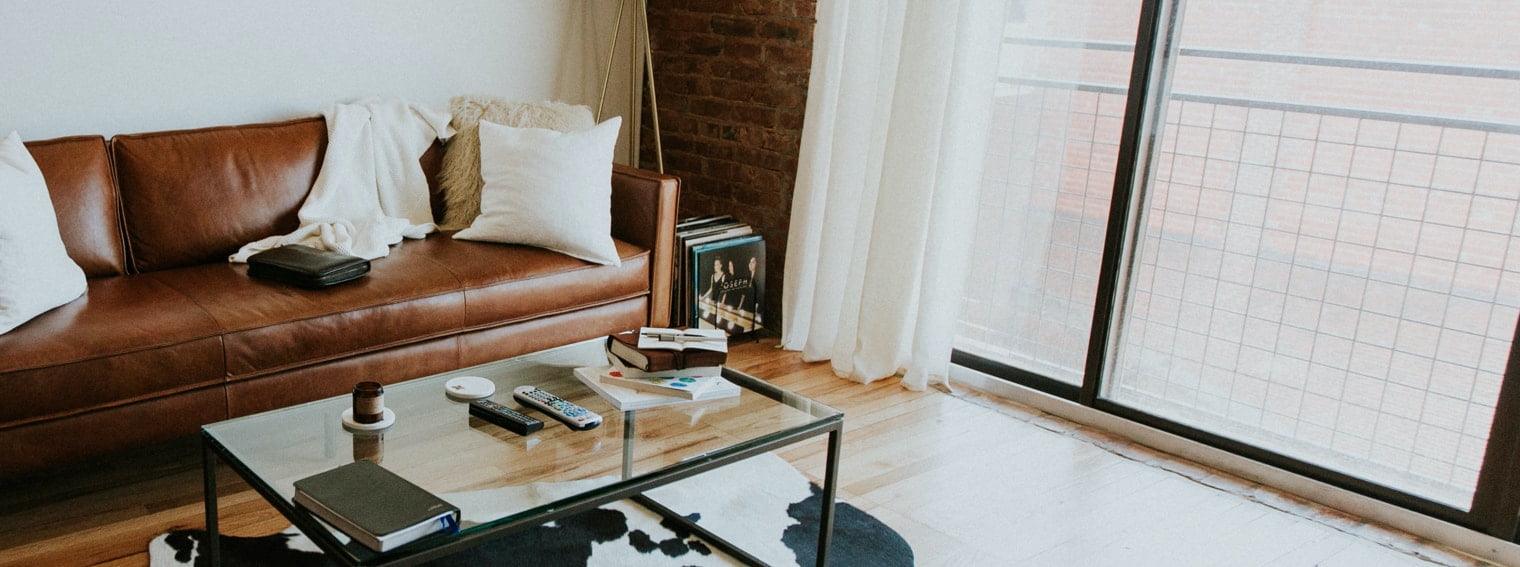Al fresco dining, sunset drinks, a place to house your laundry or BBQ – it’s all possible with a balcony. In today’s blog, Think Property & Co unpack the true value of balconies, and whether it’s worth forking out extra cash from your budget to secure a property with outdoor space.
Apartment living is on the up, nation-wide. Rising urban populations and bumper demand for property has made the ‘Great Australian Dream’ of a quarter acre block in the suburbs inconceivable for many, so rather than living side-by-side in double fronted homes, we’re stacking our lives neatly into apartment buildings.
Aside from not owning the land itself, apartment living isn’t vastly different from living in a house. Some enjoy the added security that comes with owners corporations, and modern interior design means apartment living doesn’t always mean sacrificing space. One compromise many apartment dwellers need to consider is their private outdoor space. Many apartments and units feature include access to shared outdoor areas, but unless you have a balcony or terrace, you can’t guarantee seclusion or privacy.
When Does A Balcony Add Value?
Balconies are usually seen as an asset to an apartment – but that’s not to say you should assume a property is worthy of your investment just because it has one (large or petite). A recent report by Secret Agent Property Services found that apartments with balconies could be worth more than 11% more than a comparable apartment without a balcony – but should this play a role in your decision-making?
In general, tenants and owner-occupiers do like to have some outdoor space associated with their property – but just how much are they after? Larger balconies or roof terraces can prove unappealing if they require a lots of cleaning maintenance or attention. Similarly, some properties are quite small in terms of indoor living space, but offer larger than average terraces or balconies. You can’t live in an outdoor space, so make sure a property ‘stacks up’ before you attempt to add on the potential value of a balcony. Essentially, a balcony won’t make a substandard investment a premium one.
It’s also worth considering the outlook from the balcony – and what lies above it. Balconies that look directly into other buildings or face onto dirty street levels can be less valuable than those with great views and more privacy. Top tip: ground floor balconies are often plagued with a daily shower of debris from above – cigarette buts, food scraps, and other waste.
Consider the lifestyle of the ideal resident of the apartment, and then assess whether a balcony is worth paying more for. Families with young children may see a balcony as a safety risk, while young couples sharing a one bedroom space may place great value on having somewhere to have a barbecue in summer.
Safety of Balconies
As a landlord, the safety of your tenants is important. Apartments are constructed in line with safety standards, but it’s always worth getting a feel for the safety of the balcony yourself. Some railings may feel too low for comfort, or the height itself may be unpleasant in some high-density buildings. We can always arrange a building inspection to ensure the space complies with current building standards.
Balcony Restrictions
Check the contract of sale before investing in an apartment with a balcony to ensure there are no restrictions on usage in place from the owners corporation. Some buildings prohibit the use of balconies for drying laundry, while some others do not allow gas barbecues or other equipment. Also keep an eye out for ‘peppercorn leases’, which stipulate that while you have control over the balcony, it is only leased from the owners corporation, and not technically on the title.
In summary, balconies can be very valuable to an apartment, and add a significant lifestyle factor that carries value for resale and rental income. But don’t assume that extra balcony means extra value. Balancing the amount of indoor to outdoor space and weighing up lifestyle factors based on location and property size is a good place to start.

